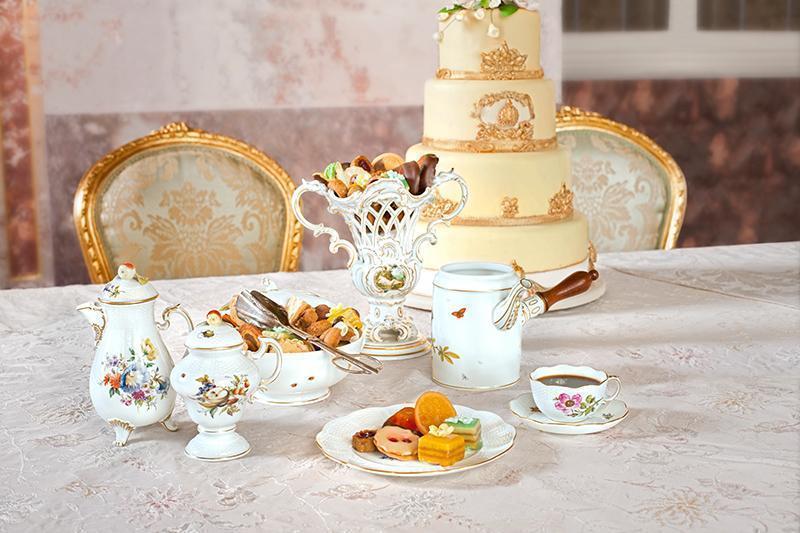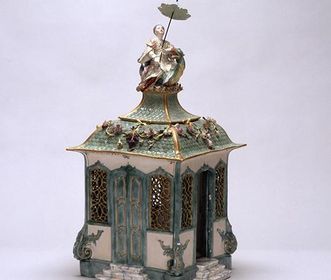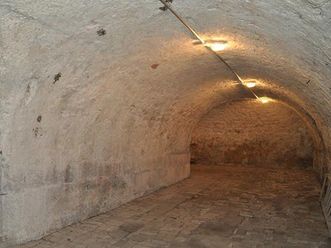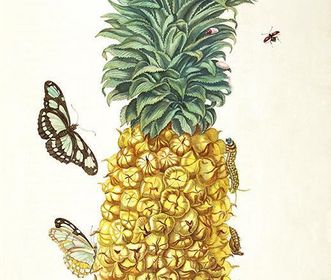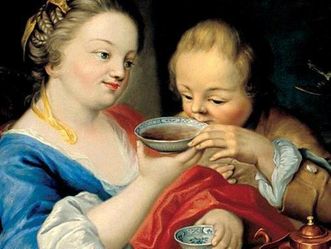Sweet magnificence
For the royal table, the court confectioner made ornate decorations out of sugar—sometimes monumental structures with exquisite motifs. The pieces were made of colored sugar and tragacanth, a thickener made of plant sap. The imposing sugar structures were created by heating sugar to a certain temperature, at which point it can be drawn and blown like glass. These works of art became affordable due to the raw sugar imports that began in the 16th century.



